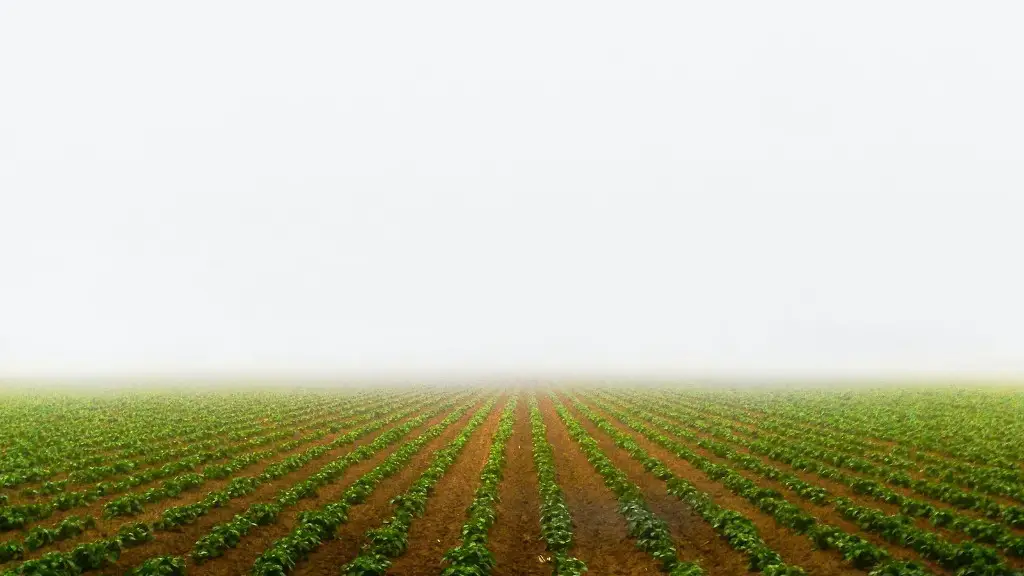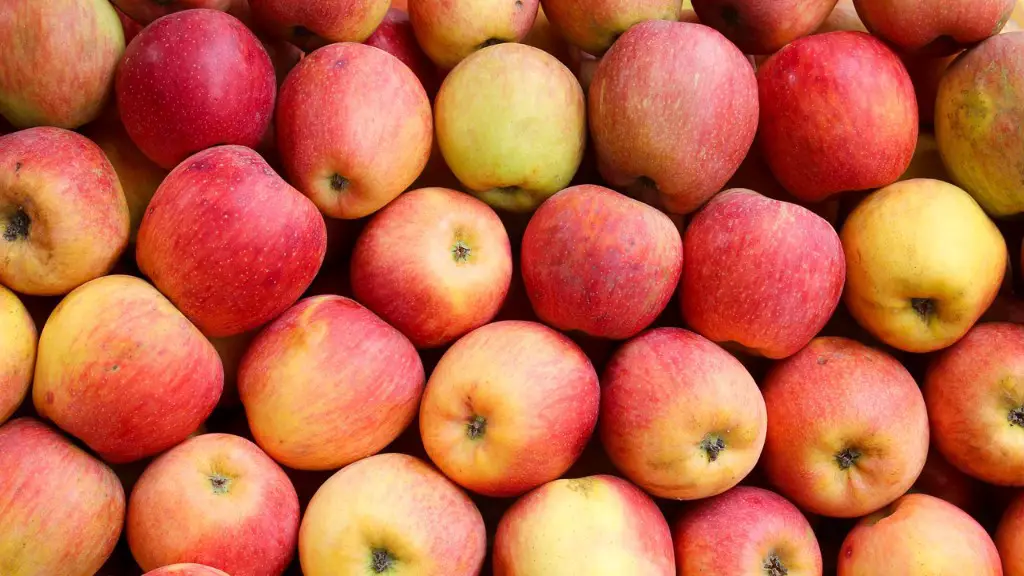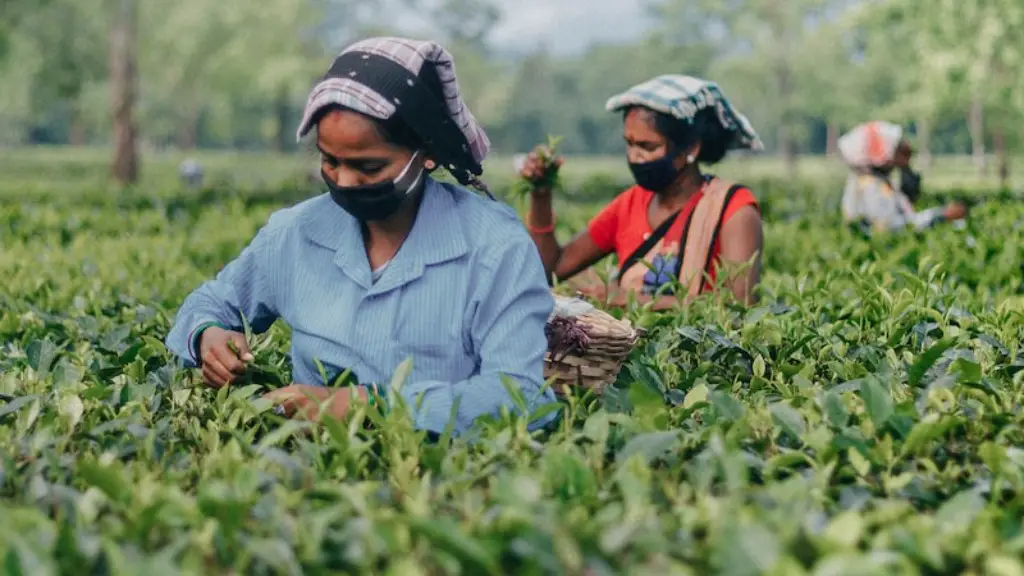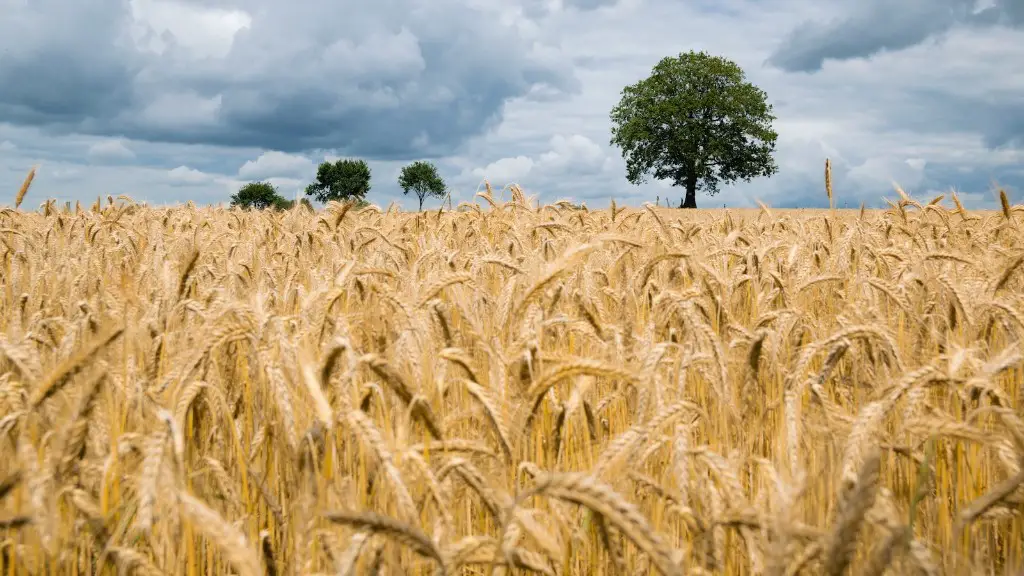Drones are unmanned aerial vehicles (UAVs) that are controlled remotely by pilots. They are increasingly being used in a variety of industries, including agriculture. Farmers are using drones to take aerial images of their crops, which helps them to identify problems and make decisions about irrigation, fertilization, and crop management. Drones can also be used to apply pesticides and herbicides, and to survey livestock.
Drones are being used in agriculture for a variety of purposes, including field mapping, crop inspections, and crop dusting. Farmers are using drones to more accurately map their fields, which allows them to improve yields and decrease inputs. Drones are also being used to inspect crops for pests and diseases, and to dust crops with pesticides.
How have drones changed the agriculture industry?
Drones are proving to be extremely useful for farmers in a variety of ways. They can collect precise data that helps farmers make long-term decisions about replanting, ground mapping, damage control, and more. In instances where fields are not accessible by foot or tractor, data collection by drone technology can quickly and accurately provide farmers with that crucial information.
Drones have the potential to revolutionize agriculture. They can be used for a variety of tasks, including pest control, plant health monitoring, livestock management, soil analysis, and aerial survey. Drones can cover more ground more quickly than traditional methods, and they can provide farmers with real-time data that can be used to make informed decisions.
What are 5 uses of drone technology in agriculture
Drones are becoming increasingly popular in the agricultural industry as a tool for collecting data. There are a variety of different types of drone-mounted sensors that can be used for agricultural reports, including plant counts, plant height, field uniformity, soil water levels, soil temperature and topography/3D mapping.
Each type of sensor provides valuable information that can be used to improve agricultural productivity. Plant counts can be used to determine plant density and spacing, while plant height data can be used to assess crop growth. Soil water levels and temperature data can be used to optimize irrigation, and field uniformity data can be used to improve crop yields. Topography/3D mapping can be used to create detailed maps of fields, which can be used to plan field operations and track crop growth.
The use of drone-mounted sensors is a growing trend in the agricultural industry, and there are a variety of different types of sensors that can be used to collect valuable data.
Drones are becoming increasingly popular in the agricultural industry due to their ability to quickly and accurately assess crop health. By implementing a drone program, farmers can become more efficient in their use of resources and better target areas that need the most attention. Drones equipped with precise sensors can determine water stress, low crop nutrients and poor soil health, allowing farmers to take corrective action before yield is impacted. In addition, drones can be used for tasks such as mapping fields, evaluating irrigation systems and crop spraying, further reducing the need for manual labor.
What are 3 examples of technology used in agricultural areas?
There are many new and emerging technologies in the agriculture industry that are helping to improve yields and efficiency. Here are seven of the most promising:
1. Soil and water sensors: These sensors can help farmers to monitor and optimize irrigation and fertilization, leading to healthier plants and better yields.
2. Weather tracking: By using data from weather satellites, farmers can better predict weather patterns and take steps to protect their crops from extreme conditions.
3. Satellite imaging: High-resolution images from satellites can help farmers to detect crop stress, assess soil moisture, and plan irrigation and fertilization.
4. Pervasive automation: Automated systems can help farmers to manage large operations more efficiently, reducing labor costs and increasing productivity.
5. Minichromosomal technology: This technology can be used to create plants with desired traits, such as resistance to pests or tolerance of drought conditions.
6. RFID technology: RFID tags can be used to track individual animals or plants, providing information on their location, health, and history.
7. Vertical farming: This type of farming allows crops to be grown in vertically stacked layers, using less land and water than traditional methods.
Drones can help farmers improve their soil, land, and crop quality by spraying fertilisers, herbicides and weedicides over the crop fields. This massive technology can help farmers meet a new era of precision agriculture.
How are drones used by crop farmers?
Drones have been a big help to farmers in recent years, and they’ve only become more popular and sophisticated. One of their most useful applications is in spot-treating small areas of damaged crops with herbicides or pesticides. This is much more efficient than having to spray large areas, and it’s also better for the soil since there’s less chance of the chemicals being diluted or washed away.
Drones are becoming increasingly popular in the agricultural industry as a way to improve efficiency and accuracy. In supporting precision farming, drones can do soil health scans, monitor crop health, assist in planning irrigation schedules, apply fertilizers, estimate yield data and provide valuable data for weather analysis. This technology can help farmers to reduce costs, save time and water, and improve the quality of their crops.
What problems do drones solve in agriculture
It is estimated that drones help save 95 per cent of the water used for spraying pesticides or insecticides. This is because different chemicals have now come up and they need less water for dilution, especially with the emergence of drones. It is enough if 150-200 ml of pesticide or insecticide is mixed in 8 liters of water. This means that a lot less water is needed for agricultural purposes, which is a huge benefit for farmers.
Precision agriculture and robotic systems are becoming increasingly commonplace in today’s agriculture industry. These advanced technologies allow businesses to be more profitable, efficient, and environmentally friendly. For example, robots can be used to help with crop maintenance, temperature and moisture sensors can help optimize growing conditions, and GPS technology can help with mapping and navigation.
How do drones help farmers in precision agriculture?
Drones are becoming increasingly popular in the agricultural industry for their ability to track crop fertility and observe where to apply resources like fertilizer and pesticides. This data can help farmers to achieve greater consistency and maximize production. In addition, farmers need to keep a close eye on crops to prevent issues like theft and damage from people and wildlife.
Crop health monitoring with drones can improve yields by detecting problems early and making decisions to improve crop health. Drones equipped with cameras and sensors can fly over fields to detect pests, diseases, or environmental stress. This information can be used to make decisions about when to spray pesticides, how to irrigate, or when to harvest.
What are the pros and cons of drones in agriculture
When it comes to agricultural drones, there are both pros and cons that must be considered. On the positive side, these devices can be extremely efficient and save farmers a great deal of time. They can also be used for multiple purposes, such as mapping and surveying land. However, there are also some potential negatives to consider, such as the fact that agricultural drones can be complicated for some users and quite expensive. Additionally, the technology associated with these devices is constantly changing, which can make it difficult to keep up with the latest advancements. There may also be legal restrictions in place that limit where and how these drones can be used.
The use of drones in agriculture is becoming increasingly popular as they offer a cost-effective and efficient way to monitor crops, spray fertilizers and pesticides, and gather data. Drones are also being used to survey land, inspect crops, and even deliver goods to remote areas. This latest trend in agriculture and agricultural technology is revolutionizin
What are 5 examples of technologies used in agriculture?
There have been incredible advances in agriculture technology in recent years. Below are five of the newest technologies that are having a big impact on the industry:
1. GIS software and GPS agriculture: This technology is helping farmers to map their crops and track the data to optimize growth and yield.
2. Satellite imagery: This provides farmers with up-to-date information on weather patterns, crop health, and more.
3. Drone and other aerial imagery: This provides farmers with another way to collect data and assess their crops.
4. Farming software and online data: This allows farmers to manage their data and operations more efficiently.
5. Merging datasets: This is helping farmers to get a more complete picture of their operations and make better decisions.
Robots and drones are significantly changing the agricultural landscape by reducing the need for traditional farm operations such as picking fruits, killing weeds, or spraying water or fertilizer on crops. This technology enables farmers to remotely monitor and manage their fields with greater precision and efficiency. Additionally, imagery from drones and satellites, coupled with Global Positioning System (GPS) technology, provides a high-resolution and location-specific view of the field – allowing farmers to make more informed decisions about their crops.
How are drones used in agriculture and how does it affect our economy
Drones can help farmers to keep track of their crops and soil conditions, which is essential for ensuring optimal conditions for growth. By frequently collecting data, farmers can identify irrigation issues, plant diseases, and other problems early on, which can help to prevent yield loss.
Bee Vectoring Technologies
Precision Agriculture
Indoor Vertical Farming
Livestock Farming Technology
Laser Scarecrows
Farm Automation
Real-Time Kinematic (RTK) Technology
Minichromosome Technology
Final Words
Drones are quickly becoming a staple in the agricultural industry as farmers look for ways to increase efficiency and decrease costs. Drones are being used for tasks such as crop mapping, pest and disease control, crop dusting, and irrigation. While there are some regulatory hurdles that need to be cleared before widespread use, it is clear that drones are going to play a big role in the future of agriculture.
In conclusion, drones are currently being used in agriculture for a variety of purposes, including crop mapping, crop monitoring, and crop spraying. While the use of drones in agriculture is still in its early stages, it has great potential to improve the efficiency and accuracy of agricultural operations.





